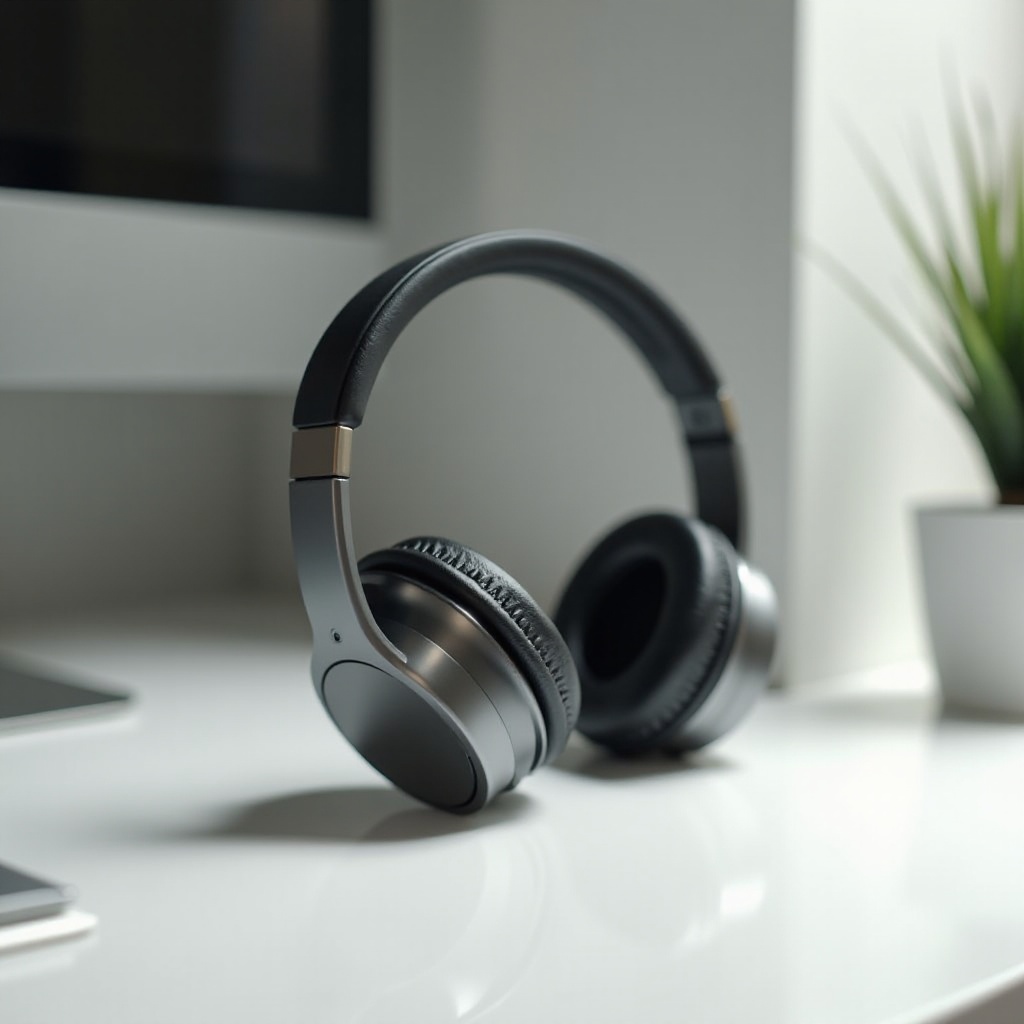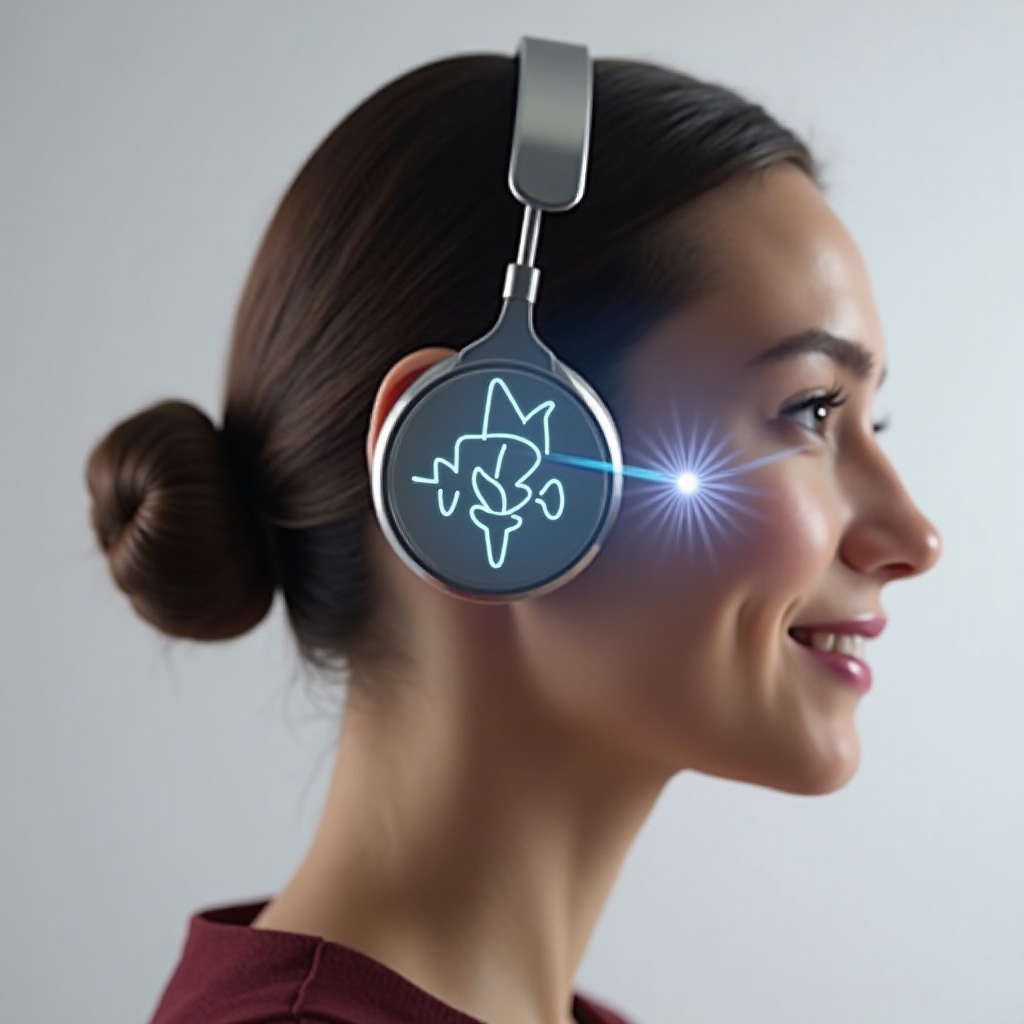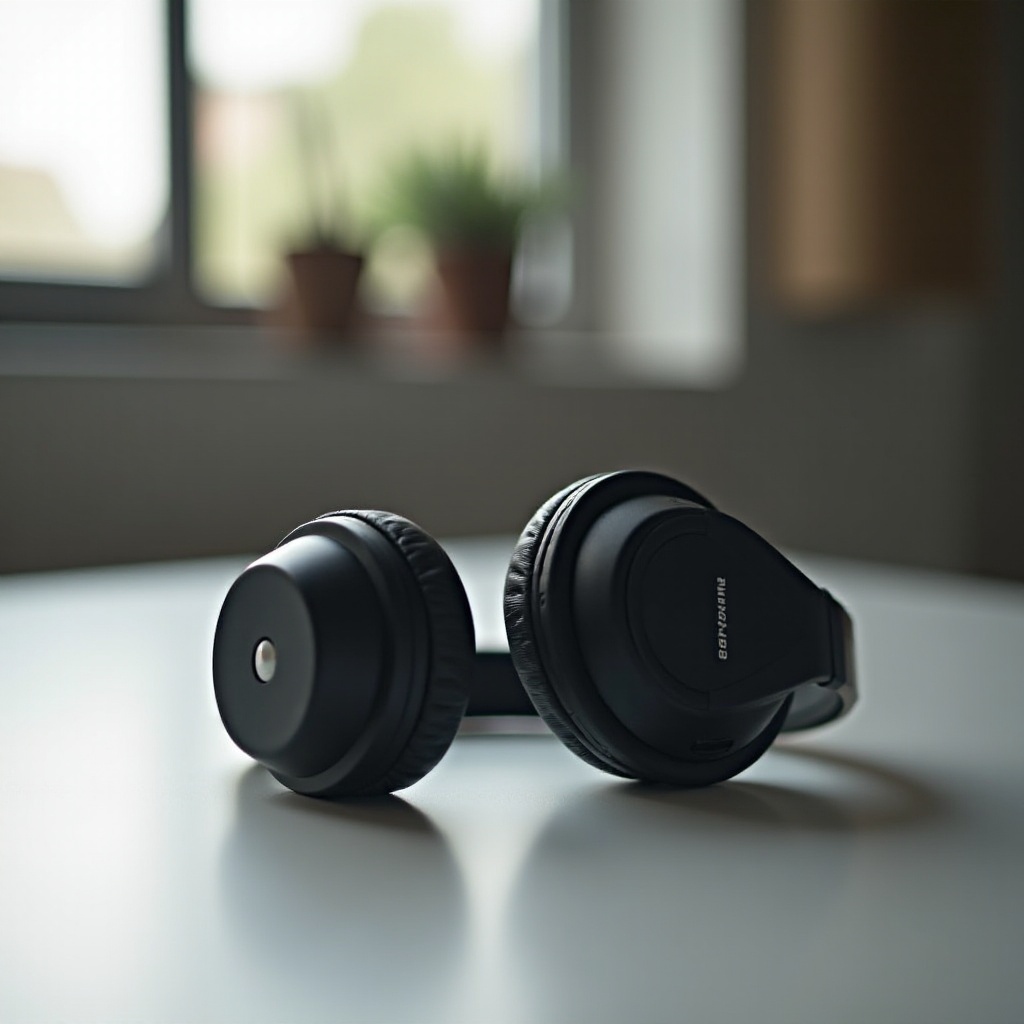Introduction
Bone conduction headphones are revolutionizing the way we experience sound. Unlike traditional headphones that rely on air conduction, these devices transmit sound vibrations through the bones in our skull directly to the inner ear. This method allows users to hear their favorite music or podcasts while keeping the ear canals open. This ensures that they remain aware of their surroundings, enhancing both safety and convenience.

What Are Bone Conduction Headphones?
The concept of bone conduction isn’t new. Initially developed for hearing aids, it gained momentum in consumer electronics due to its unique method of sound delivery. Bone conduction headphones sit on the cheekbones, leaving the ears completely unobstructed. This design is particularly appealing to athletes, cyclists, and those who need to stay alert in their environment while enjoying audio content.
The functioning of these headphones is straightforward. By bypassing the eardrum, sound vibrations are instead routed through the bones to the cochlea, the auditory portion of the inner ear. Users can thus enjoy their audio content while remaining connected to the external world without blocking necessary sounds.
The Science Behind Bone Conduction
Bone conduction technology leverages simple physics principles, making it accessible and innovative. In traditional sound systems, sound waves travel through air to reach the eardrum. Bone conduction, however, directly translates sound waves into vibrations that move through the bones of the skull.
-
How Bone Conduction Works: This method eliminates the need for the eardrum’s involvement by converting sound electronically into vibrations, directly stimulating the cochlea.
-
Comparison with Traditional Sound Transmission: While traditional headphones transmit sound via air, creating a barrier between the listener and external sounds, bone conduction provides an open-ear listening experience.
-
Benefits of Bone Conduction Technology: Users enjoy the dual benefits of hearing ambient sounds and reducing ear fatigue, crucial for those in active or high-risk environments.
Understanding these technical aspects clarifies why bone conduction headphones are becoming a preferred choice for many who prioritize situational awareness along with audio enjoyment.

Who Should Consider Using Bone Conduction Headphones?
Bone conduction headphones are not merely a trend; they cater to specific needs that traditional headphones struggle to meet.
-
Athletes and Outdoor Enthusiasts: Engaged in activities like running or cycling, these users benefit from remaining aware of ambient traffic and noises while still having access to their audio content.
-
People with Certain Hearing Impairments: Individuals with conductive hearing loss find an ally in bone conduction headphones. By bypassing compromised parts of the ear, they offer a unique alternative for sound transmission.
-
Situations That Benefit From Surrounding Awareness: For those tasked with multitasking, such as parents monitoring children or individuals navigating busy streets, bone conduction headphones maintain open communication with their environment.
These scenarios highlight the versatile use cases and underscore the increasing popularity of bone conduction technology.
Comparing Bone Conduction Headphones to Traditional Headphones
Choosing between bone conduction and traditional headphones involves considering various aspects of usage and preference.
-
Sound Quality: While conventional headphones often provide more robust sound and richer bass, bone conduction models compensate by offering a different audio experience focused on ambient sound awareness.
-
Comfort and Fit: Bone conduction headphones tend to be more comfortable for prolonged use since they don’t exert pressure on the ear canal, a common issue with in-ear models.
-
Cost and Availability: Although equipped with advanced technology, bone conduction headphones are becoming more affordable as they gain market traction and competition increases.
Both types have distinct advantages; the decision often depends on individual lifestyle needs and audio priorities.
Challenges and Limitations
Understanding the benefits does not overshadow the need to consider some limitations inherent in bone conduction headphones.
-
Common Misconceptions: A widespread belief is that bone conduction headphones provide universally inferior sound quality. This varies by application, emphasizing their greater benefit in activity-based and safety-required scenarios.
-
Technical Limitations: Bone conduction headphones might lack in providing deep bass and high volume, which audiophiles often prefer from traditional headphones.
Despite these issues, continuous technological improvements and adaptations are leading to enhanced models that address previous shortcomings.

Future of Bone Conduction Headphones in 2024 and Beyond
The innovation in the audio industry positions bone conduction headphones as significant players in the future of personal audio devices. As technology evolves, these headphones promise to offer even more.
-
Technological Innovations: Developments are underway to improve sound quality and battery longevity, potentially introducing hybrid models that blend traditional and bone conduction features.
-
Market Trends: As awareness and demand rise, bone conduction headphones are expected to become a mainstay in both casual and professional audio-listening environments.
The continuous advancements in technology and increasing application use cases pave a promising path for these headphones, aligning them closely with user needs both now and in the future.
Conclusion
Bone conduction headphones are redefining personal audio through their innovative approach to sound delivery. Serving as both a practical tool for many users and a fascinating piece of technology, these headphones open up new possibilities for how we engage with audio in various environments. With ongoing advancements and increasing popularity, bone conduction technology demonstrates a robust potential to become a norm in the ever-evolving landscape of audio devices.
Frequently Asked Questions
Are bone conduction headphones safe for everyday use?
Yes, bone conduction headphones are generally safe for everyday use, offering reduced eardrum strain. However, maintaining a moderate volume is advised to prevent hearing damage.
Can bone conduction headphones damage hearing?
Bone conduction headphones bypass the eardrum, reducing certain risks. However, listening at high volumes can still pose a threat to hearing health.
How do bone conduction headphones perform underwater?
Some bone conduction headphones are designed for water use, performing effectively underwater. Waterproof models cater specifically to swimmers and water sport enthusiasts.
